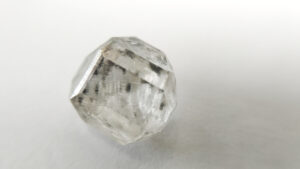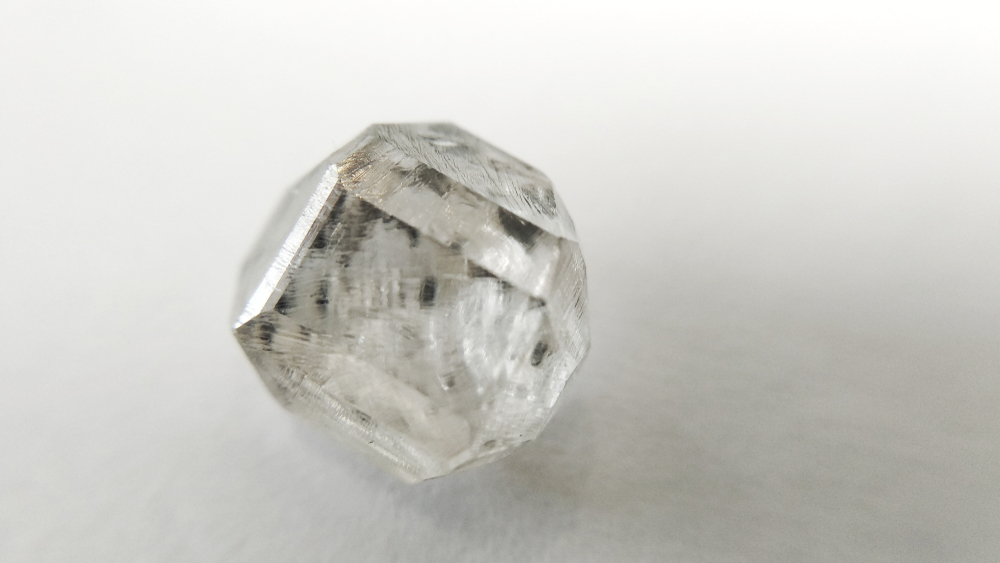
The Marvels Of Natural Diamonds
Natural diamonds are the result of extreme pressure and high temperatures that developed deep below the Earth over billions of years. Volcanic eruptions bring these priceless stones to the surface, where they are finally extracted. Each diamond is genuinely unique due to the distinctive traits that result from their natural formation process, such as inclusions and color variations.
The Emergence Of Artificial Diamonds
Over the past few decades, synthetic or lab-grown diamonds, usually referred to as artificial diamonds, have become more and more well-liked. Scientists may now mimic the conditions required for diamond production in the controlled environment of a laboratory by using high-pressure, high-temperature (HPHT) or chemical vapor deposition (CVD) techniques. Diamonds produced as a consequence are physically and chemically similar to those found in nature.
Similarities Between Artificial Diamonds And Natural Diamonds
Pure carbon is organized in a crystal lattice to create diamonds, both synthetic and natural. Their chemical composition is identical, making it challenging for even experts to distinguish between the two without specialized equipment. Artificial diamonds exhibit the same exceptional hardness and brilliance as natural diamonds. Their physical properties are equivalent, making them suitable for various applications, including jewelry and industrial use. The fact that synthetic diamonds are ethically sourced is one of their biggest benefits. Traditional diamond mining has a reputation for using unethical labor techniques and raising environmental issues. Artificial diamonds, being created in labs, avoid these issues altogether, providing an environmentally friendly and socially responsible alternative.
The Distinctions Between Artificial Diamonds And Natural Diamonds
While artificial diamonds possess many similarities to their natural counterparts, some distinctions still exist:
Natural diamonds often have unique inclusions or impurities that give them character and individuality. These inclusions are absent in most artificial diamonds, making them optically more perfect but potentially lacking the uniqueness found in natural diamonds. Additionally, certain fancy-colored diamonds, like vivid blues or pinks, are incredibly rare in nature and not easily replicated in artificial diamonds. Natural diamonds are rare and finite resources, which is one of the reasons for their high value. On the other hand, artificial diamonds, though less abundant than natural diamonds, can be produced in greater quantities, potentially affecting the market dynamics.
In conclusion, artificial diamonds have come a long way and can indeed be made similar to diamonds sourced from oceans in many aspects. Lab-grown diamonds are essentially identical to natural diamonds in terms of their chemical and physical properties. Additionally, they provide ethical benefits by eliminating the social and environmental problems connected to conventional diamond mining.
